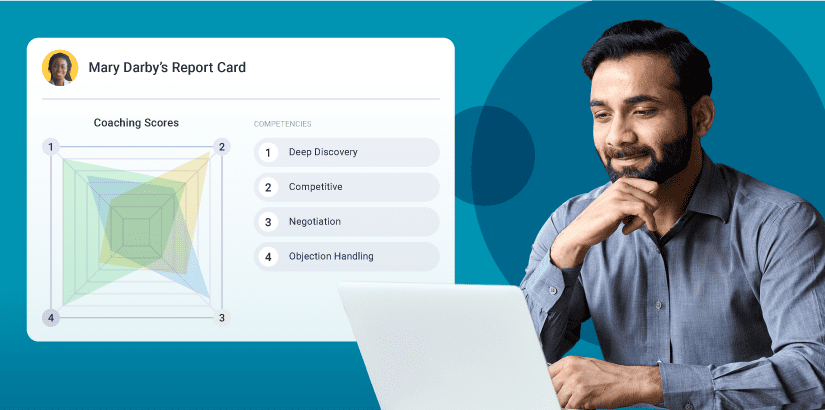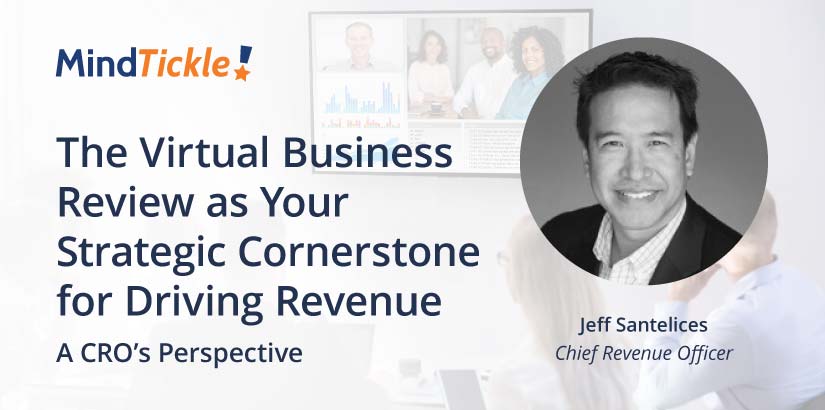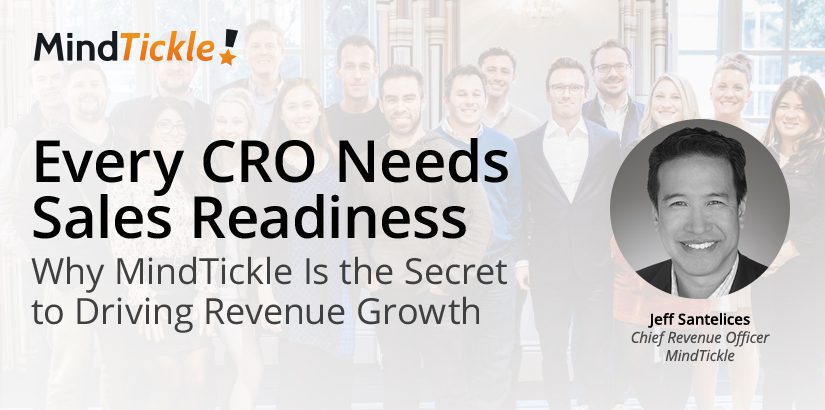- © 2025 Mindtickle Inc. All rights reserved
- Privacy Policy
- CSR Policy
- Terms of Service
- Sitemap
- Do Not Sell or Share My Personal Information
- ESG Policy




Training, content, & insights revenue teams need to win over buyers and close more deals.
 New to MINDTICKLE?
New to MINDTICKLE?